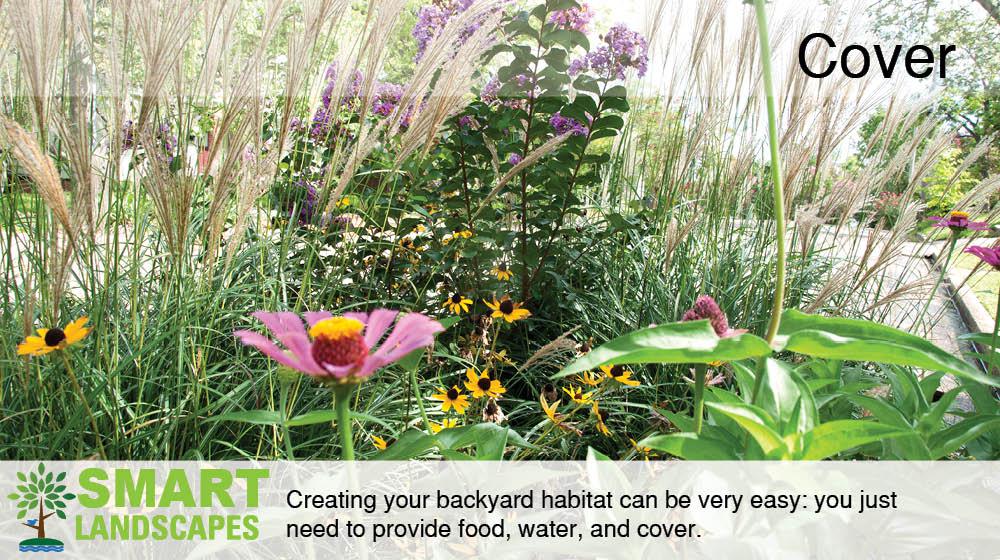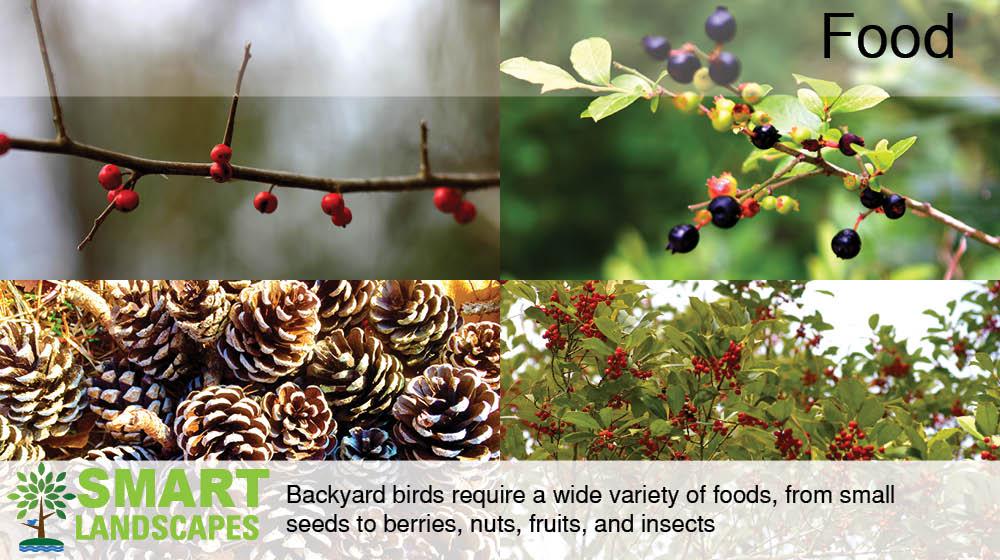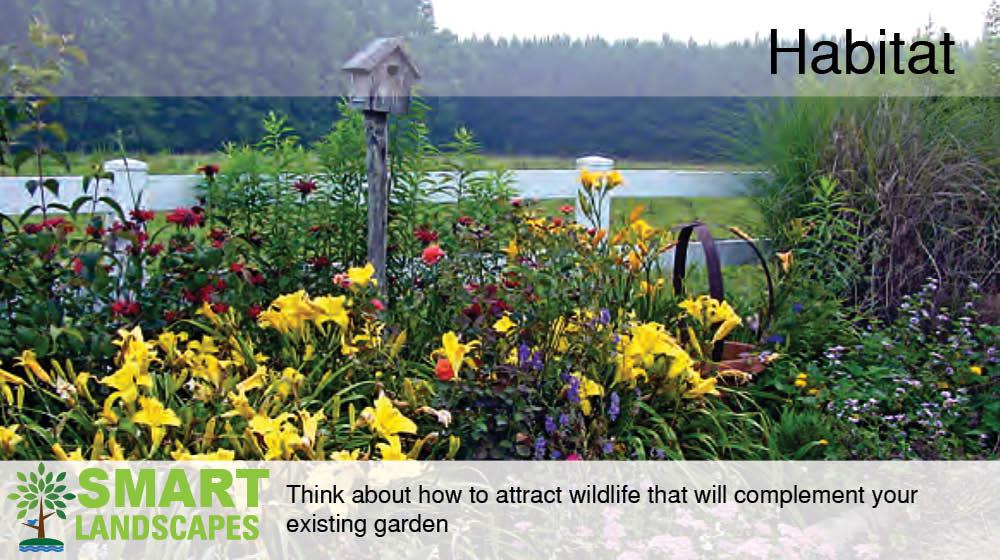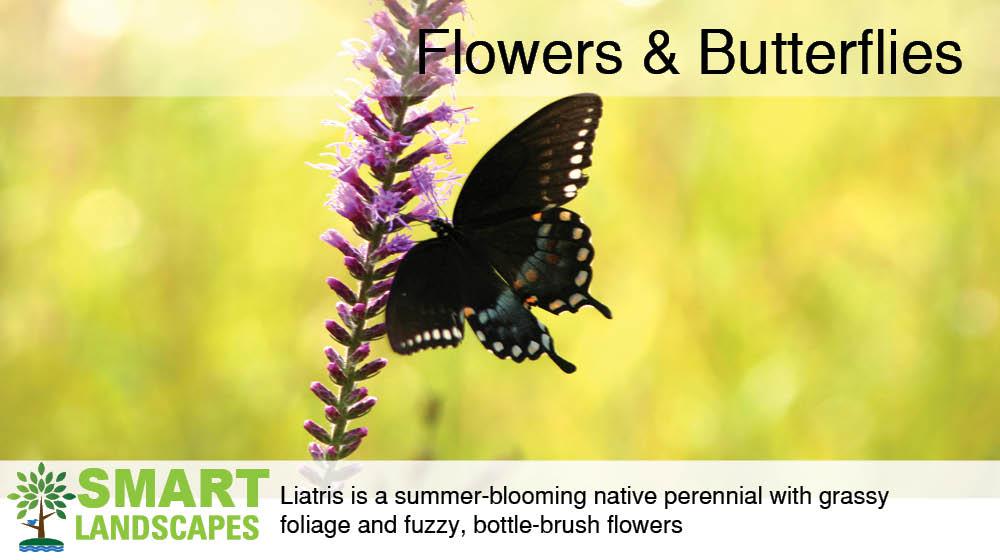Places for Wildlife
Places for Wildlife
Natural habitats for wildlife are rapidly decreasing due to urbanization and agricultural pressures. Residential areas, such as backyards, can play an important role in conserving wildlife. Homeowners can enhance the natural features in their yards and neighborhoods to create thriving wildlife habitats.
To attract wildlife, homeowners must provide food, water, and shelter. Natural vegetation such as native trees, shrubs, grasses, and flowering plants provide food sources. Water can be provided in a birdbath, dripper, or small pond. Wildlife requires nesting and shelter areas to survive. A diverse landscape of native trees, vines, shrubs, herbaceous plants, grasses, and ground covers creates ideal shelter areas. Providing these essentials will attract wildlife such as birds, butterflies, small mammals, reptiles, and amphibians.
www.naturalresources.msstate.edu/wildlife/backyard-habitat.asp
The following documents detail some of the Mississippi Smart Landscape compatible solutions and methods that are available.
MSU Extension Service Publications

Establishing a Backyard Wildlife Habitat
All wildlife requires food, water, and shelter to survive. This publication discusses providing those necessities in a backyard environment. Detailed information is given on how to attract birds, hummingbirds, butterflies, bats, snakes, lizards, toads, and frogs. Information is also provided on controlling deer, rodents, and other animals that are considered pests. Management tips are given for making your backyard the best habitat possible, including an example of how to create a trail.
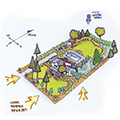
Urban and Backyard Wildlife
Creating your backyard habitat can be very easy once you understand that wildlife, just like people, have three basic needs. These needs—food, water, and shelter—promote use and provide the lifecycle needs of wildlife
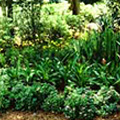
Butterfly Plants & Mississippi Butterflies
Butterflies and their host plants are intricately tied to one another. Generally, there are two types of plants that you must have in your garden for butterflies. This information sheet lists both types of plants and some of the butterflies you can expect to see in Mississippi.
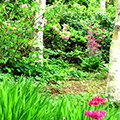
Attracting Birds to Mississippi Gardens
When designed properly, residential gardens can attract a wide array of songbirds and other wildlife. With careful selection and placement of plants, it is possible to create a landscape that not only has ornamental interest throughout the year but also provides for the needs of various animal species.
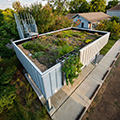
Attracting Butterflies to Mississippi Gardens
Butterflies provide a beautiful living element in the landscape. In addition to their myriad colors, sizes, and forms, they provide an important role of pollinating many wildflowers and woody plants. The key to attracting butterflies is to simply provide their food sources and other living needs, both for adults and caterpillars. While providing for these needs, beautiful flowering gardens are often created as well.
Additional Resources
Garden for Wildlife
www.nwf.org/Garden-For-Wildlife/Create.aspx
Helping Birds at Home - Improving Bird Habitat in Your Yard
www.prbo.org/cms/docs/edu/Backyard_hab.pdf
Attract Wildlife
The Florida Yards and Neighborhoods Handbook
http://www.floridayards.org/landscape/The_Florida_Yards_and_Neighborhoods_Handbook_We b.pdf
http://fyn.ifas.ufl.edu/materials/FYN_Handbook_2015_web.pdf
Chapter #5 pg 31-32
Attracting Wildlife
Alabama Smart Yards Handbook
Alabama Extension SMART YARDS ANR-1359.pdf
Chapter #7 pg 35-39 Attracting Wildlife
Wildlife Habitat Education Program : A Manual for Mississippi
https://extension.msstate.edu/sites/default/files/publications/publications/e0040.pdf
Landscaping to Create Backyard Bird Habitat
http://njaes.rutgers.edu/pubs/publication.asp?pid=FS1011
USDA Natural Resources Conservation Service - Wildlife Habitat
https://www.nrcs.usda.gov/wps/portal/nrcs/detail/national/newsroom/features/?cid=nrcs143_023 553

